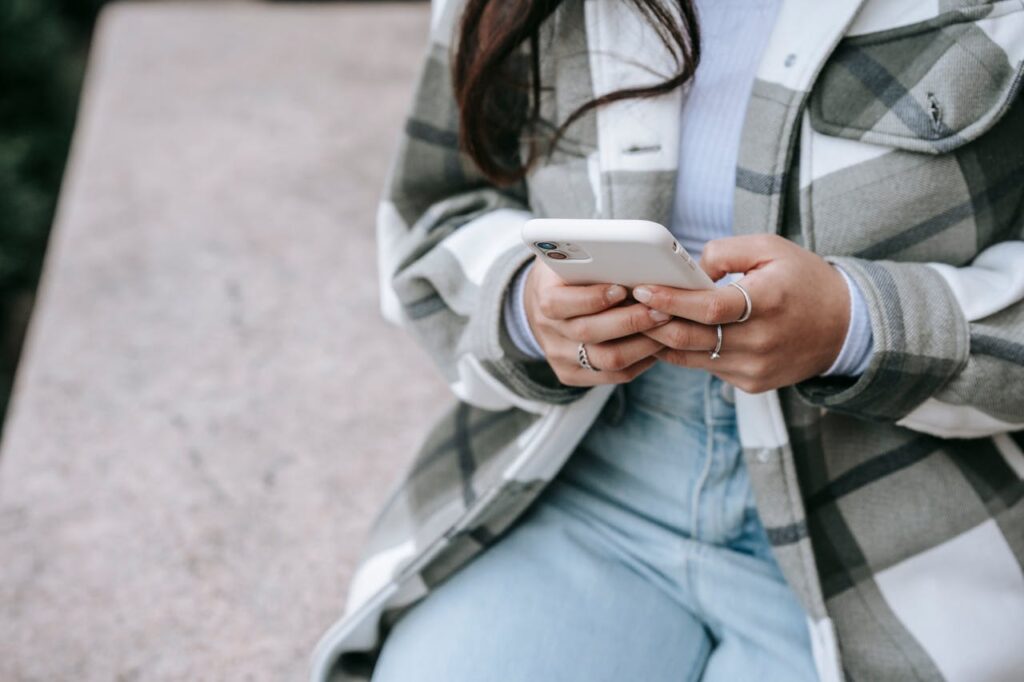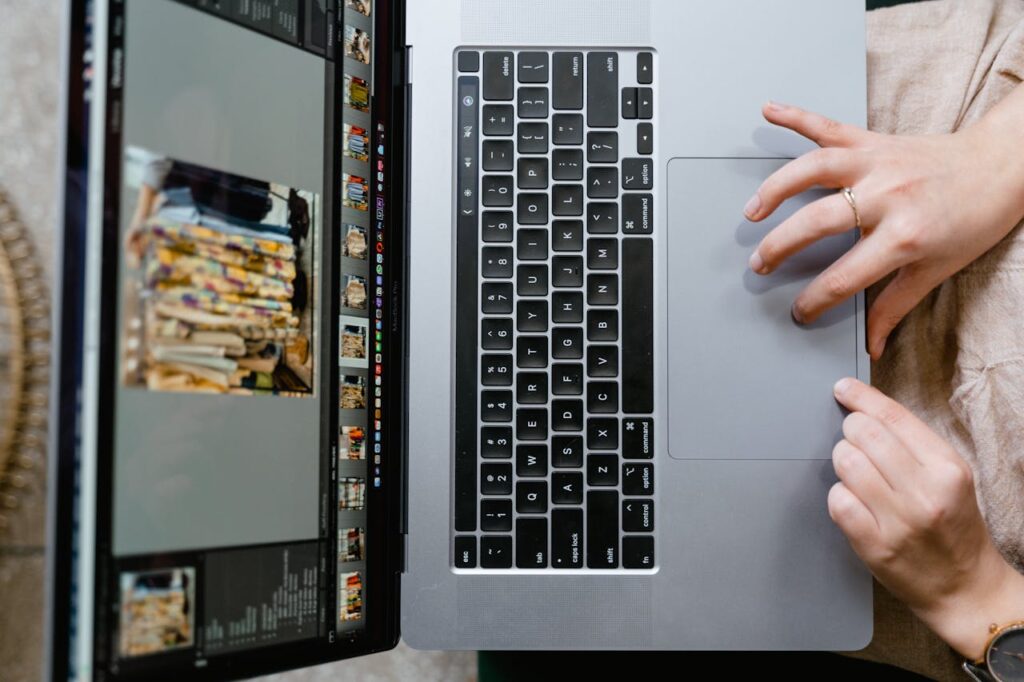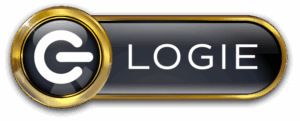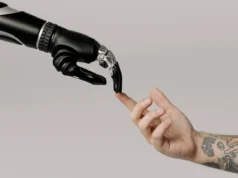Pinterest has officially joined the growing number of platforms prioritizing transparency in the age of artificial intelligence.
On April 30, 2025, Pinterest introduced Gen AI labels, visual markers that help users identify AI-generated content on the platform.
This new feature ensures users can distinguish between real-world visuals and content created by generative AI.
By the way, if you want to stay connected and know everything about social commerce and never miss a beat, join Logie today! Click here
Let’s explore what this update means, why it matters, and how it positions Pinterest as a leader in ethical AI integration in social media.
What Are Pinterest’s Gen AI Labels?
Gen AI labels are Pinterest’s new way of flagging content created using generative AI tools. These labels will be:
Automatically added to images created using Pinterest’s native AI features (like background generation).
Manually added by creators when uploading content made with third-party AI tools.

It is visible on Pins, giving users clear insight into whether the content is AI-generated.
The growing global calls for AI transparency and Pinterest remain a trusted visual inspiration source.
Why Pinterest Is Labeling AI-Generated Content
With the rise of AI art, design, and marketing tools, it’s becoming harder to distinguish between human-made and machine-generated visuals. Pinterest’s AI labels serve several important purposes:
Build trust with users: Transparency is essential in an era of misinformation. Knowing whether an image is AI-generated allows users to make informed decisions.
Promote ethical AI use: Rather than hiding AI’s role, Pinterest encourages responsible and honest content creation.
Stay ahead of regulation: Governments and regulatory bodies are pushing for greater disclosure of AI usage. Pinterest is proactively aligning with these expectations.
By implementing these labels, Pinterest joins Google, OpenAI, Meta, and Microsoft in supporting the C2PA (Coalition for Content Provenance and Authenticity) standard, a framework for embedding AI provenance data into images.
Pinterest and the Push for Responsible AI in Social Media
With tools like DALL·E, Midjourney, and Photoshop’s AI features creating highly realistic visuals, misinformation is a growing risk.
Pinterest, however, is positioning AI as a creative collaborator, not a threat. Its AI-generated image labels serve to:
Clarify the origin of content without discouraging creativity.
Help creators stand out by embracing AI responsibly.
Reinforce Pinterest’s identity as a positive, trustworthy space.

Unlike platforms plagued by deepfakes or synthetic misinformation, Pinterest’s use of generative AI focuses on creativity, aesthetics, and visual storytelling. The labels simply bring more honesty to the process.
What Pinterest AI Labels Mean for Creators and Brands
For Pinterest creators and brands, the introduction of Gen AI labels comes with a few key changes:
Self-disclosure is required if you upload AI-generated content made outside of Pinterest tools.
Trust and engagement will favor transparency. Audiences are becoming more discerning and reward honesty.
AI becomes a storytelling tool, not a shortcut. Creators who use AI openly can still build strong emotional connections with their audience.
Pinterest’s algorithm doesn’t penalize AI-labeled content, at least not currently, but being upfront helps build credibility and long-term loyalty.
Pinterest’s new Gen AI labels are a thoughtful, timely response to the rise of AI-generated content across the internet. Rather than banning or limiting AI, Pinterest fosters a healthier ecosystem where creators can innovate and users can explore without losing trust.
In an online world where inspiration can come from a paintbrush or a prompt, Pinterest reminds us that creativity doesn’t have to hide its roots. Transparency is the new authenticity, and Pinterest sets the tone for the rest of the creator economy.












[…] a related move, Pinterest recently announced that it’s rolling out AI-generated content labels to bring more transparency to the platform. […]